New funding will help Berkeley Lab and partners improve how the diverse agricultural waste in California’s Northern San Joaquin Valley can be used to make sustainable bioproducts and biofuels.
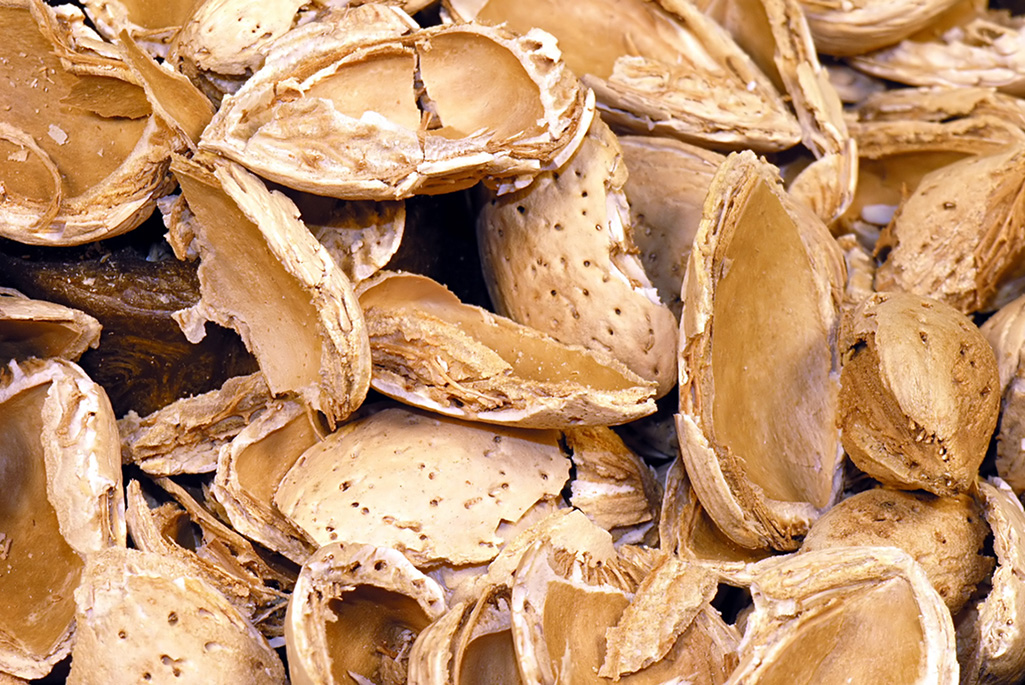
news, journals and articles from all over the world.

New funding will help Berkeley Lab and partners improve how the diverse agricultural waste in California’s Northern San Joaquin Valley can be used to make sustainable bioproducts and biofuels.
Abstract The agricultural sector in Southeast Asia holds significant importance for the region’s economies, playing a vital role in employment and ensuring food security. Major contributors to this sector include Indonesia, Vietnam, Thailand, the Philippines, and Malaysia. In fact, the…
The Faculty of Engineering, Chulalongkorn University cordially invites you to attend the International Conference on Sustainable Energy and Green Technology 2024 (SEGT 2024). This year’s theme, ” Sustaining the Future with Green Energy and Clean Environmental Technology,” highlights our commitment to fostering sustainable solutions. The conference will be held in Bangkok, Thailand, from December 15-18, 2024.
Erin Webb, lead for the Bioresources Science and Engineering group at Oak Ridge National Laboratory, has been elected a Fellow of the American Society of Agricultural and Biological Engineers, or ASABE — the society’s highest honor.
A greater understanding of how plants and microbes work together to store vast amounts of atmospheric carbon in the soil will help in the design of better bioenergy crops for the fight against climate change. Deciphering the mechanics of this mutually beneficial relationship is, however, challenging as conditions in nature are extremely difficult for scientists to replicate in the laboratory. To address this challenge, researchers created fabricated ecosystems or EcoFABs.
Oak Ridge National Laboratory scientists identified a gene “hotspot” in the poplar tree that triggers dramatically increased root growth. The discovery supports development of better bioenergy crops and other plants that can thrive in difficult conditions while storing more carbon belowground.
Food waste is a major problem around the world. In the United States, an estimated 30 to 40% of edible food is lost or wasted, costing billions of dollars each year.
For the first time, researchers have developed a genome-scale way to map the regulatory role of transcription factors, proteins that play a key role in gene expression and determining a plant’s physiological traits. Their work reveals unprecedented insights into gene regulatory networks and identifies a new library of DNA parts that can be used to optimize plants for bioenergy and agriculture.
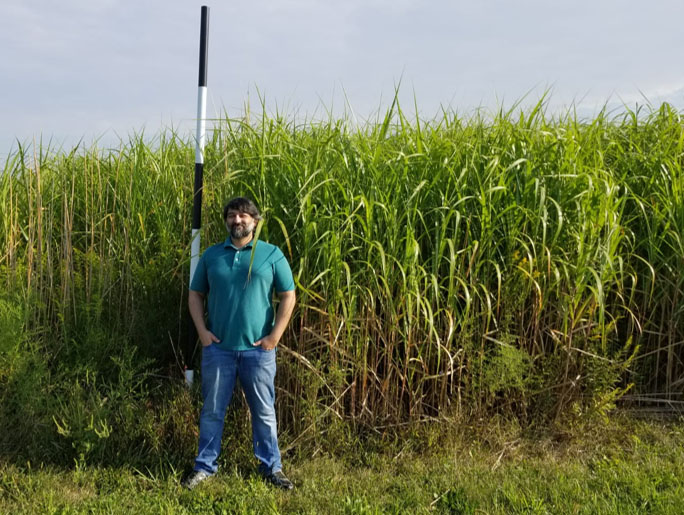
Bioenergy crops such as miscanthus and switchgrass provide several environmental benefits, but low returns and profit risks are barriers for investment by farmers. A new study from the University of Illinois Urbana-Champaign shows that carbon mitigation payments could increase net returns and reduce income risk, potentially enticing more farmers to grow these crops.
Nature-based solutions are an effective tool to combat climate change triggered by rising carbon emissions, whether it’s by clearing the skies with bio-based aviation fuels or boosting natural carbon sinks. At the Department of Energy’s Oak Ridge National Laboratory, scientists are leading research to transform plants into key drivers of decarbonization, from creating biomass crops for new fuels to enhancing the ability of plants to absorb and store carbon.
The Center for Bioenergy Innovation has been renewed by the Department of Energy as one of four bioenergy research centers across the nation to advance robust, economical production of plant-based fuels and chemicals. CBI, led by Oak Ridge National Laboratory, is focused on the development of nonfood biomass crops and specialty processes for the production of sustainable jet fuel to help decarbonize the aviation sector.
Earlier today the DOE announced a five-year extension of funding for the Center for Advanced Bioenergy and Bioproducts Innovation (CABBI), to a total of $237.9 million for the period from 2017 to 2027. CABBI is a collaboration between the university’s Institute for Sustainability, Energy, and Environment (iSEE); the Carl R. Woese Institute for Genomic Biology (IGB); 11 academic departments across the Illinois campus, including five in the College of Agricultural, Consumer and Environmental Sciences (ACES); and 20 partner institutions across the nation.
Scientists at the State University of Campinas (UNICAMP) and the Federal University of the ABC (UFABC) in São Paulo state, Brazil, have successfully produced biogas from apple pomace, the pulpy residue remaining after the fruit has been crushed to extract its juice.
Story tips: Shuffling the load, a reveille for more biomass, designer molecules may help valuable minerals float, ‘T’ molecules huddle around rare earth elements
The Department of Energy’s Center for Bioenergy Innovation, led by Oak Ridge National Laboratory, recently added three new members to its board of directors: Deborah Crawford of the University of Tennessee, Knoxville; Susan Hubbard of ORNL; and Maureen McCann of the National Renewable Energy Laboratory.
Lignin, the complex polymer that gives plants their structural integrity, makes them difficult to break down and creates challenges for the creation of biochemicals and bioproducts. Building blocks that are present in small amounts in the lignin of the bioenergy crop poplar are valuable platform chemicals that are easy to “clip-off” during plant deconstruction. Scientists engineered a new type of poplar to have more of a specific building block in its lignin and less lignin overall. This results in wood that is easier to deconstruct and more valuable as a bioproduct raw material.
Microalgae play an important role in the Earth’s climate, converting carbon dioxide into solid carbon. This research sought new ways to study these microalgae and their associated bacterial communities across time and space. The researchers created a new co-culture method called a “porous microplate” that passes nutrients and molecules associated with metabolism between culture cells while blocking physical contact between algae in adjacent wells.
The U.S. Department of Energy (DOE) today announced $178 million for bioenergy research to advance sustainable technology breakthroughs that can improve public, health, help address climate change, improve food and agricultural production, and create more resilient supply chains. This funding will support cutting-edge biotechnology R&D of bioenergy crops, industrial microorganisms, and microbiomes. Alternative clean energy sources like bioenergy are playing a key role in reaching President Biden’s goal of a net-zero carbon economy by 2050.
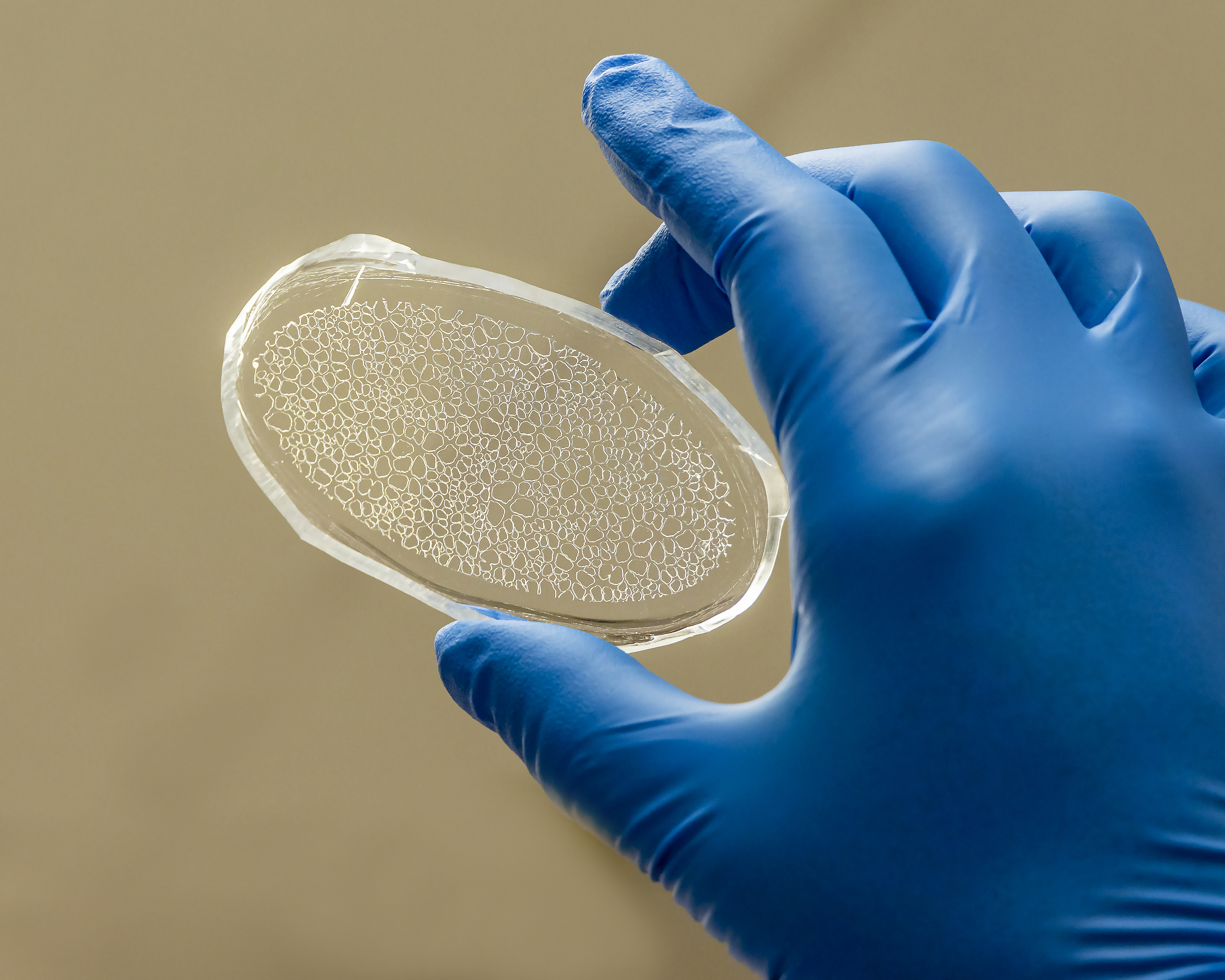
Scientists at the Department of Energy’s Oak Ridge National Laboratory have created a miniaturized environment to study the ecosystem around poplar tree roots for insights into plant health and soil carbon sequestration.
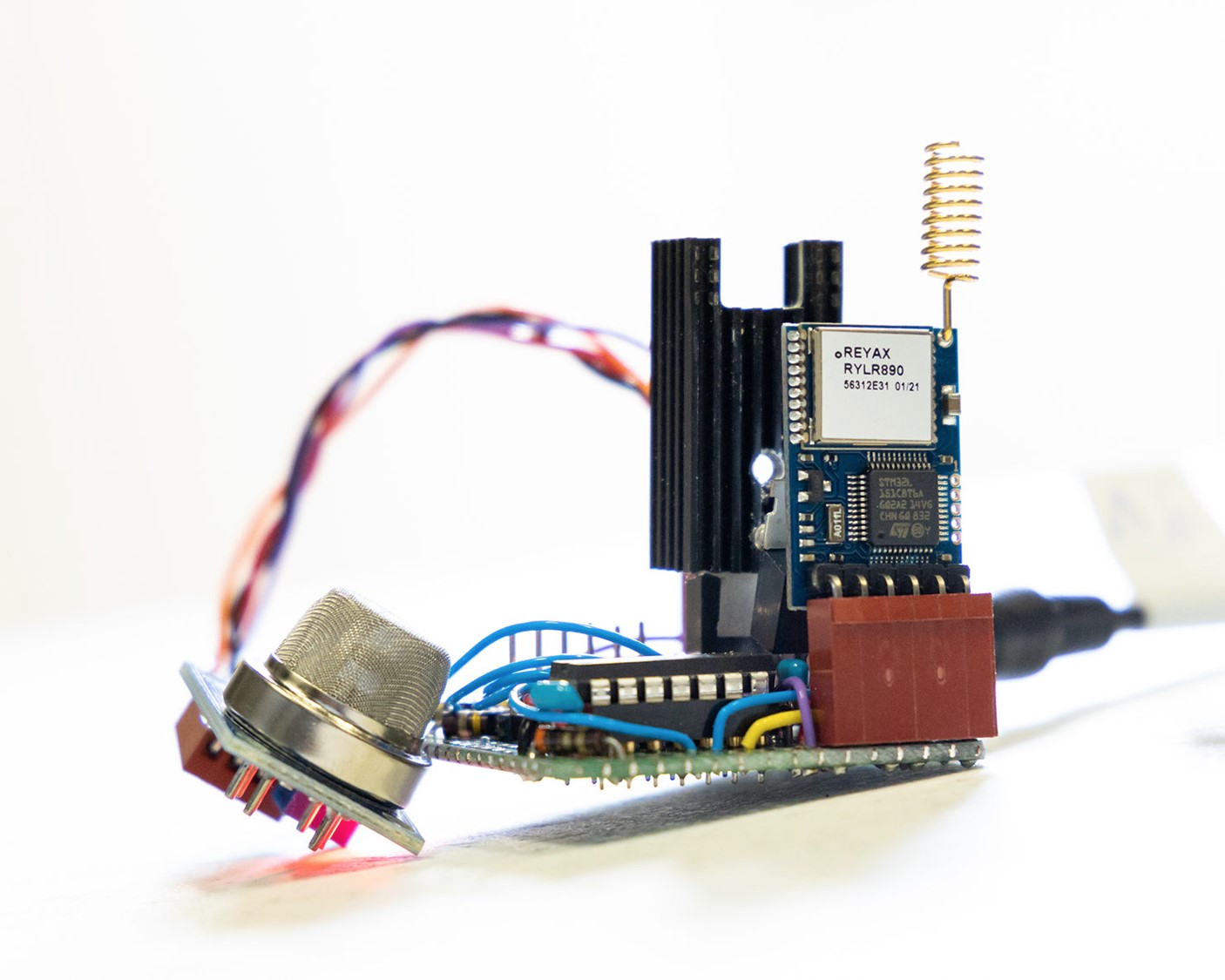
ORNL Story tips: Split-second leak detection, serendipitous silicon and retrofitting untapped dams
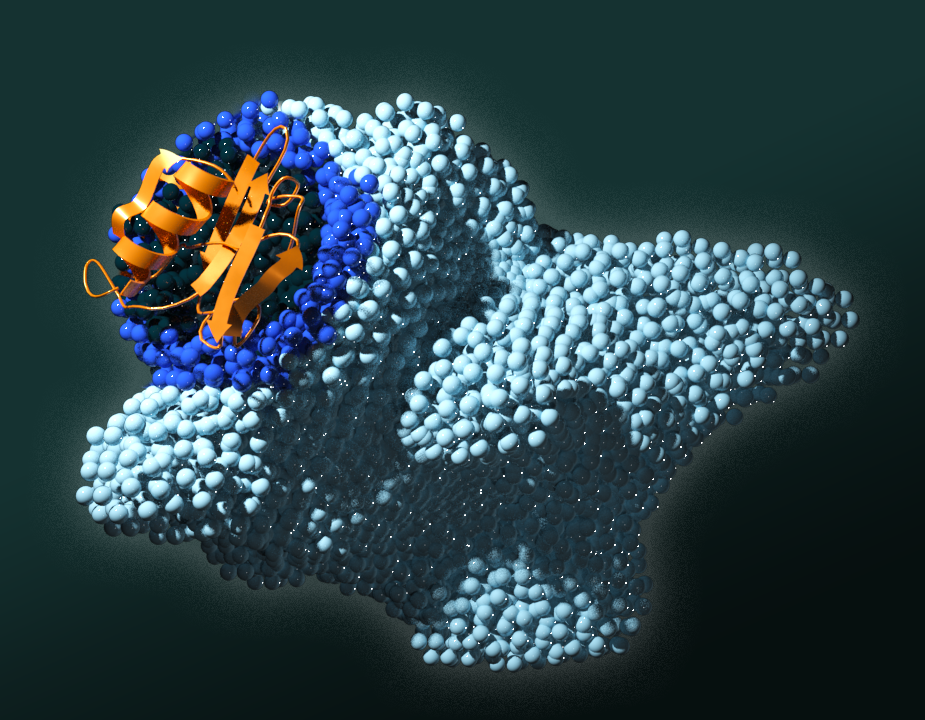
Researchers at the Department of Energy’s Oak Ridge National Laboratory have definitively linked the function of a specific domain of proteins important in plant-microbe biology to a cancer trigger in humans, knowledge that had eluded scientists for decades.
The Research Collaboratory for Structural Bioinformatics Protein Data Bank (RCSB PDB), headquartered at the Rutgers Institute for Quantitative Biomedicine, announces the expansion of its data storage capacity through the Amazon Web Services (AWS) Open Data Sponsorship Program. The AWS program is providing the RCSB PDB with more than 100 terabytes of storage for no-cost delivery of Protein Data Bank information to millions of scientists, educators, and students around the world working in fundamental biology, biomedicine, bioenergy, and bioengineering/biotechnology.
Because next-generation biofuels will depend on the growth and hardiness of woody feedstocks, scientists have sought to better understand how leaf cells quickly respond to environmental cues such as light, temperature and water. Scientists at the Center for Bioenergy Innovation, or CBI, have studied rapid molecular changes in leaves from poplar trees during normal daily cycles of daylight and darkness. Until now, the effect of these modifications at the cellular protein level was not well understood, partly because of the technical limitations of the analytical tools available.
Scientists seeking to unravel the details of how plants produce and accumulate oil have identified a new essential component of the assembly line–a particular sterol that plays a key role in the formation of oil droplets. The findings may suggest new ways to engineer the oil content of a variety of plant tissues for potential applications in bioenergy, chemical engineering, and nutrition.
A new report led by PNNL identifies the top 13 most promising waste- and biomass-derived diesel blendstocks for reducing greenhouse gas emissions, other pollutants, and overall system costs.
Using existing fish processing plants, kelp and fish waste can be converted to a diesel-like fuel to power generators or fishing boats in remote, coastal Alaska.
A new wearable device turns the touch of a finger into a source of power for small electronics and sensors. Engineers at the University of California San Diego developed a thin, flexible strip that can be worn on a fingertip and generate small amounts of electricity when a person’s finger sweats or presses on it. What’s special about this sweat-fueled device is that it generates power even while the wearer is asleep or sitting still.
Research shows options with high yield and low water use
The U.S. Department of Energy (DOE) today awarded $45.5 million for research projects geared towards understanding and harnessing nature’s biological processes to produce clean biofuels and bioproducts.
Mary Dunlop leads a team at Boston University that uses multi-disciplinary approaches to improve the amount of biofuel that certain microbes can produce. These microbes can produce replacements for gasoline, diesel, and jet fuel.

Research highlights shrub willow’s ability to store carbon, provide ecosystem services, and adapt to different geographical regions.
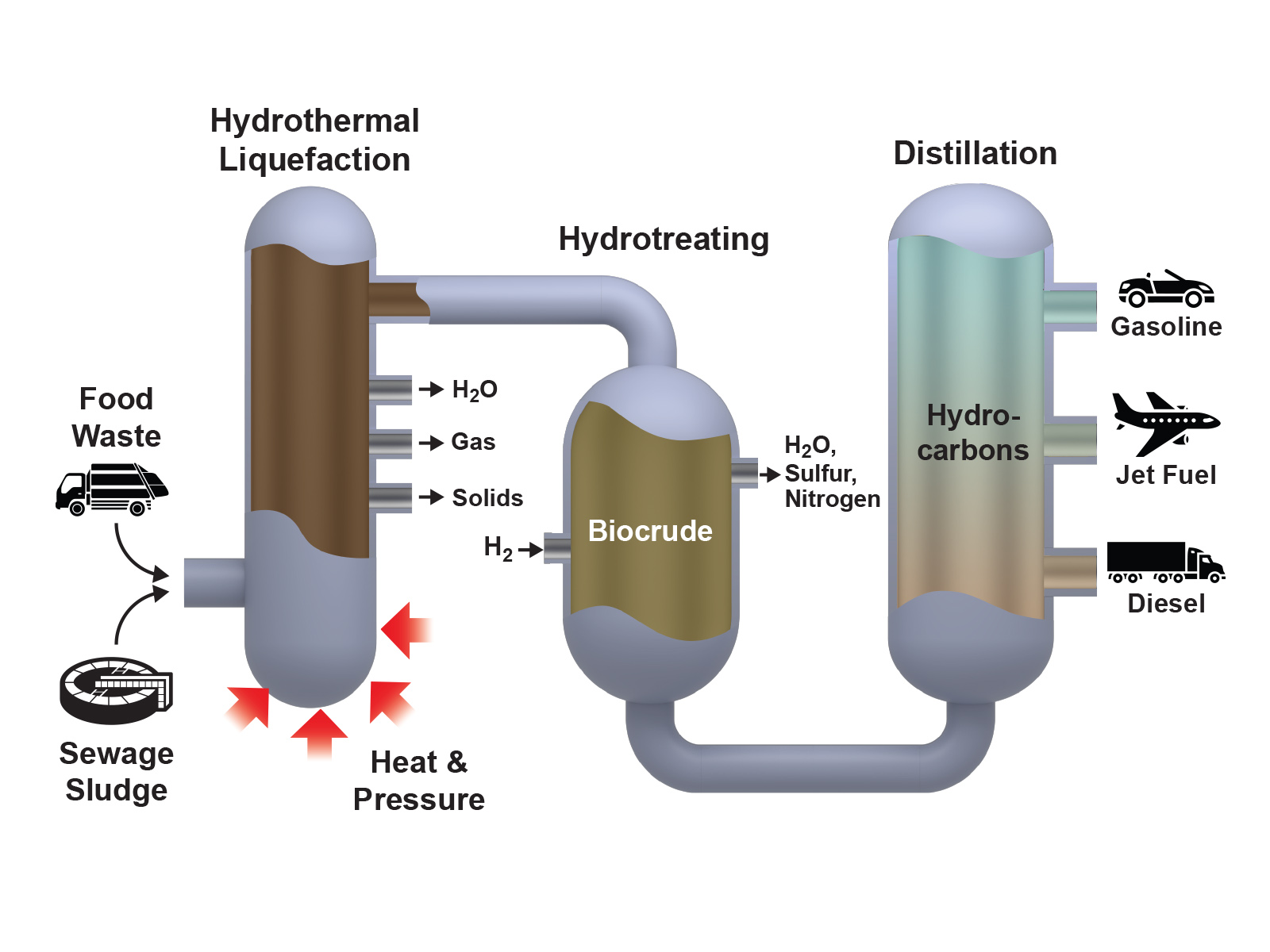
A large-scale demonstration converting biocrude to renewable diesel fuel has passed a significant test, operating for more than 2,000 hours continuously without losing effectiveness.
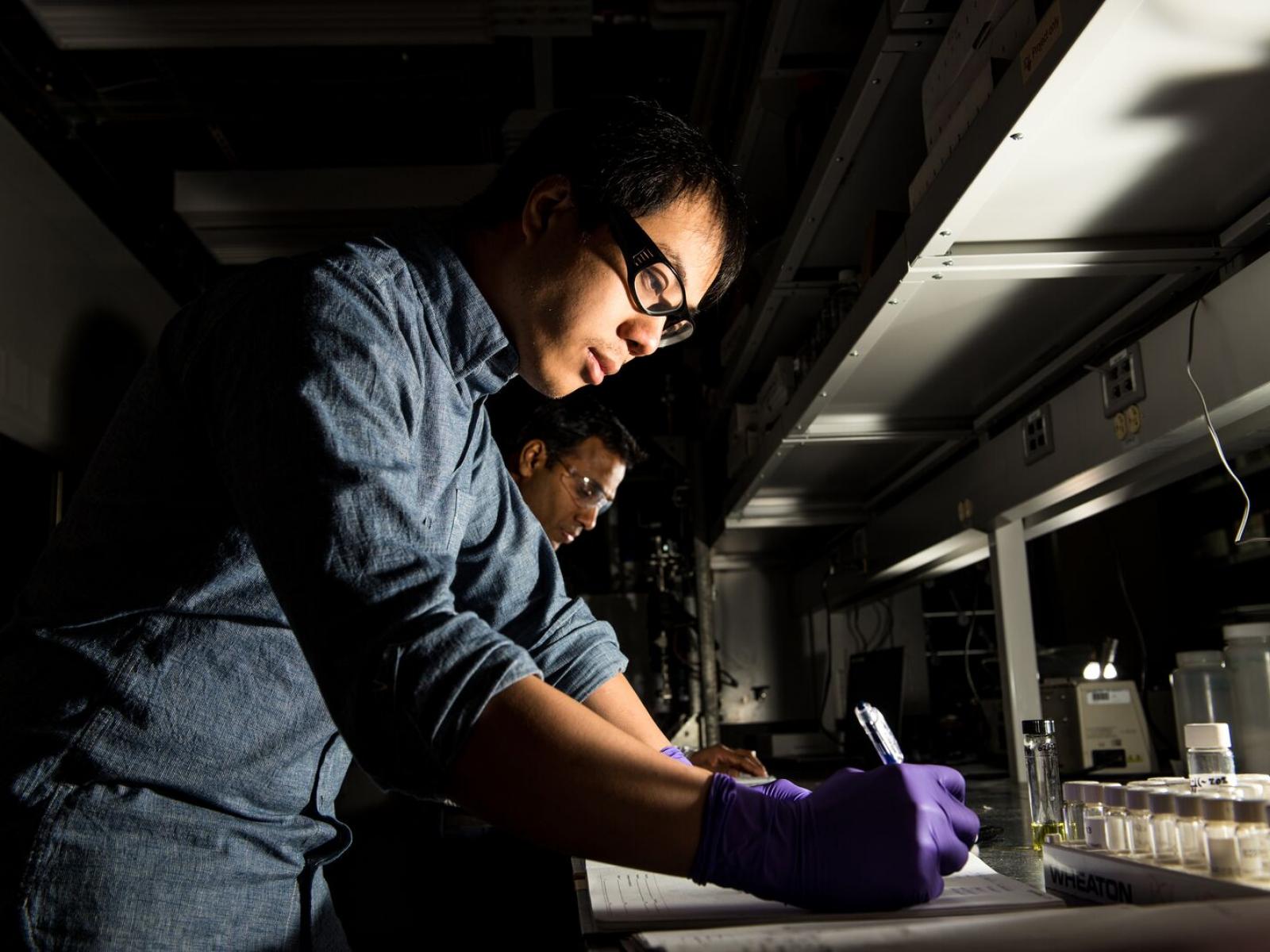
Scientists have developed a novel catalyst that converts pure ethanol into a highly valued class of alcohols that can serve as building blocks for everything from solvents to jet fuel.
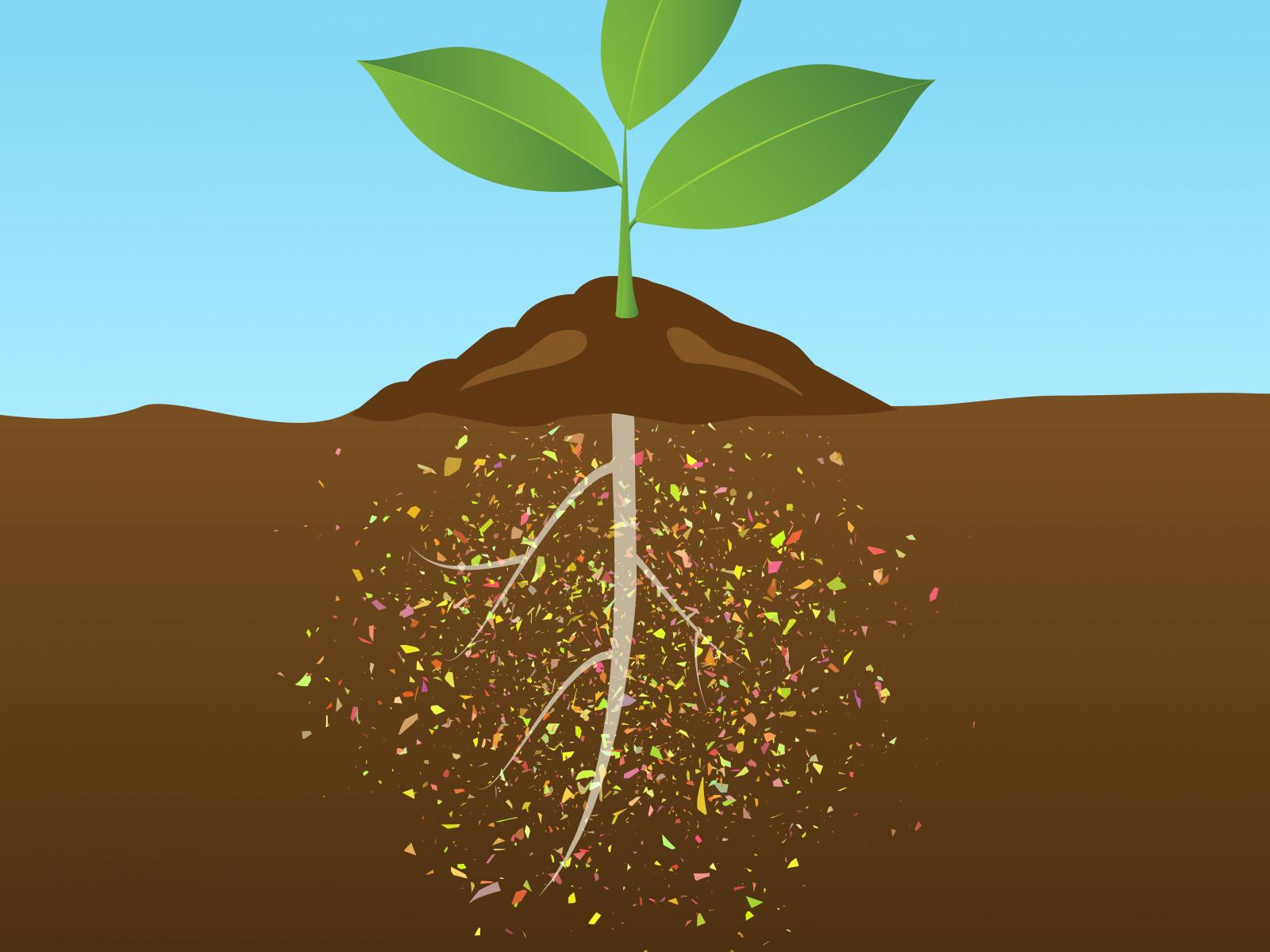
Micro- and nanoplastics were not absorbed by plant cells but did attach to the root cap. This could bode well for future cleanup of contaminated environments, but not well for root crops, like carrots.

PNNL researchers are contributing expertise and hydrothermal liquefaction technology to a project that intercepts toxic algae blooms from water, treats the water, and concentrates algae for transformation to biocrude.

PNNL researchers outline how to convert stranded biomass to sustainable fuel using electrochemical reduction reactions in mini-refineries powered by renewable energy.
The U.S. Department of Energy (DOE) awarded a five-year, $13 million grant to a nationwide research project to genetically strengthen Thlaspi arvense, commonly known as pennycress, for use in sustainable energy efforts.
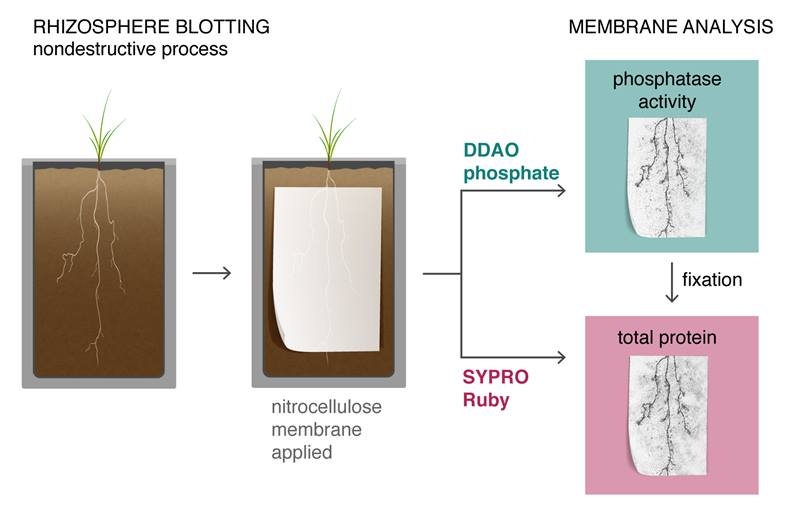
Scientists do not fully understand the mechanisms that plants use to extract phosphorus from soil and incorporate it into their biomass. Now, researchers have developed a new technique to visualize the activity and distribution of enzymes that mobilize phosphate around plant roots.

Scientists at the Department of Energy’s Oak Ridge National Laboratory used neutron scattering and supercomputing to better understand how an organic solvent and water work together to break down plant biomass, creating a pathway to significantly improve the production of renewable biofuels and bioproducts.

How can some of world’s biggest problems – climate change, food security and land degradation – be tackled simultaneously? Some lesser-known options, such as integrated water management and increasing the organic content of soil, have fewer trade-offs than many well-known options, such as planting trees, according to a Rutgers-led study in the journal Global Change Biology.
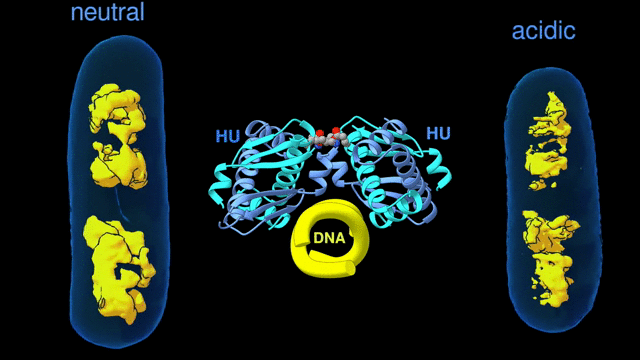
Berkeley Lab Science Snapshots July 2020
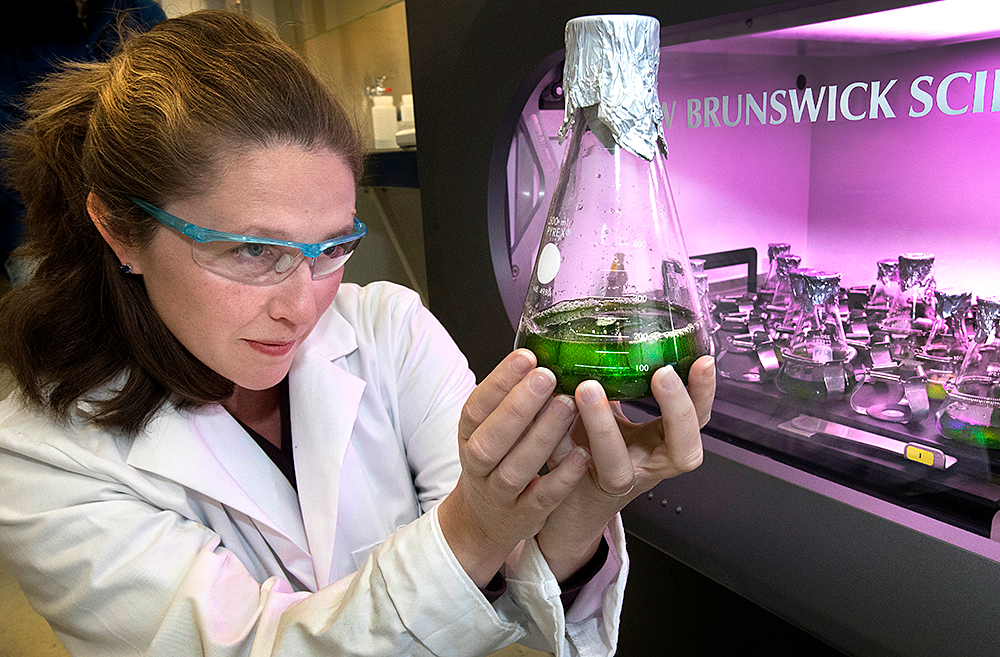
A new Quantitative Plant Science Initiative led by Brookhaven Lab aims to decode the functions of genes and their impacts on productivity to guide efforts to develop sustainable bioenergy crops.
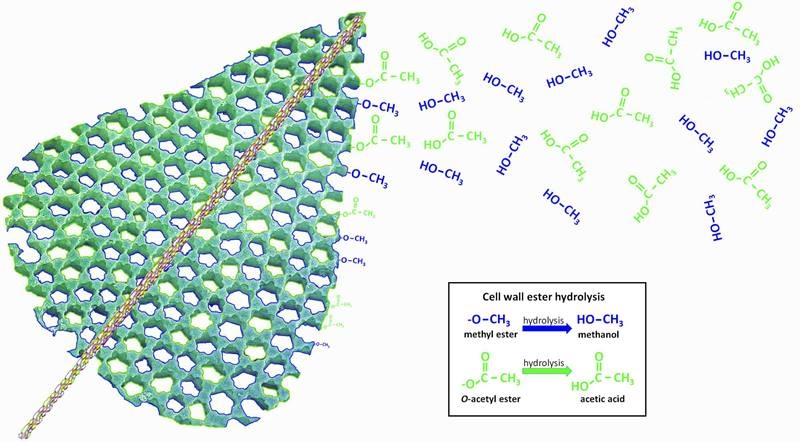
Plants emit gases like methanol and acetic acid that are not directly related to photosynthesis but that have an unknown origin. Researchers have found a possible source: natural chemical modification in the cellulose in plant cell walls and accompanying metabolic changes.
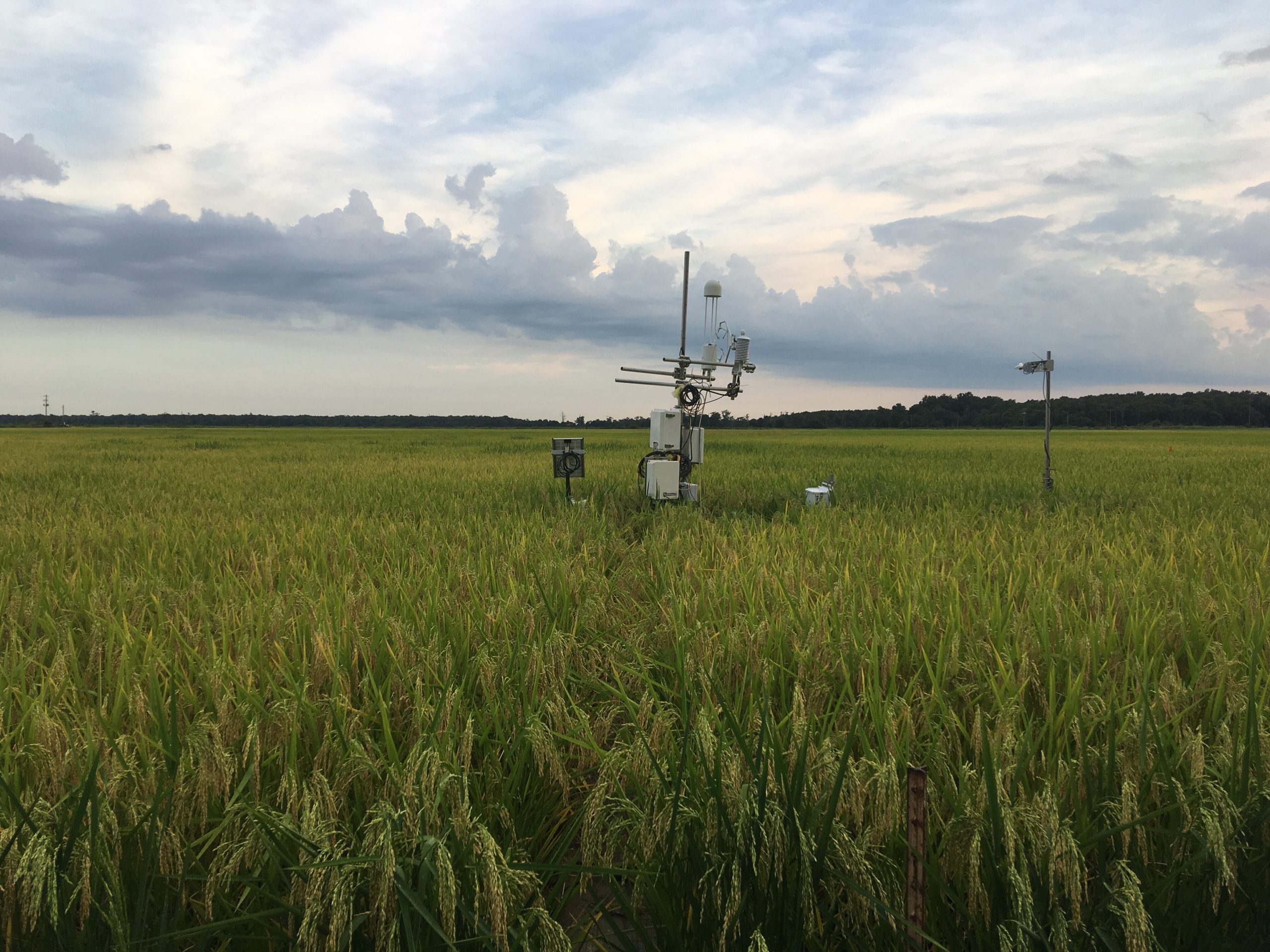
Farmers have enough worries – between bad weather, rising costs, and shifting market demands – without having to stress about the carbon footprint of their operations. But now a new set of projects by scientists at Lawrence Berkeley National Laboratory (Berkeley Lab) could make agriculture both more sustainable and more profitable.
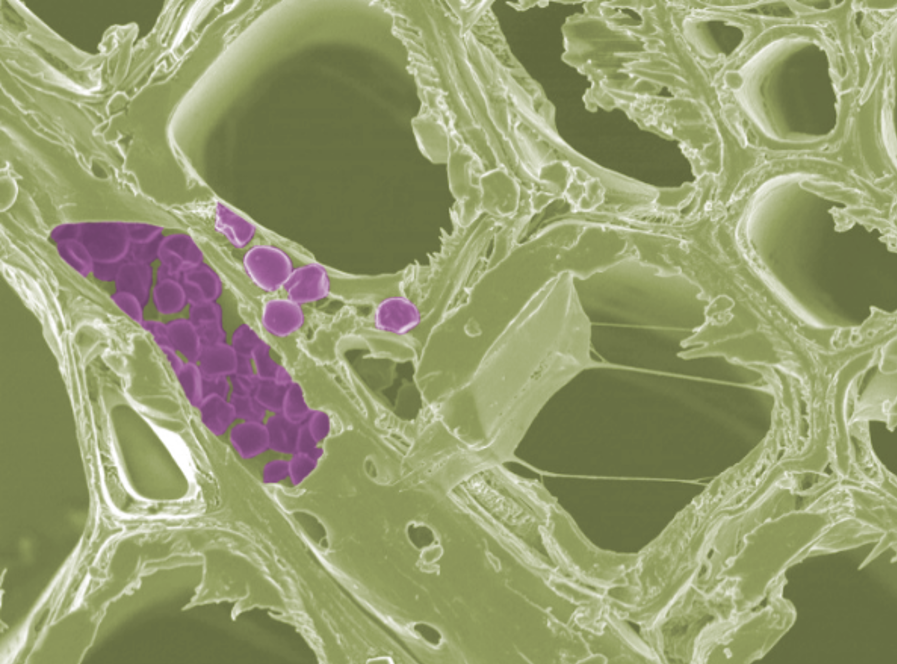
Scientists at the Department of Energy’s Oak Ridge National Laboratory have developed a new method to peer deep into the nanostructure of biomaterials without damaging the sample. This novel technique can confirm structural features in starch, a carbohydrate important in biofuel production.
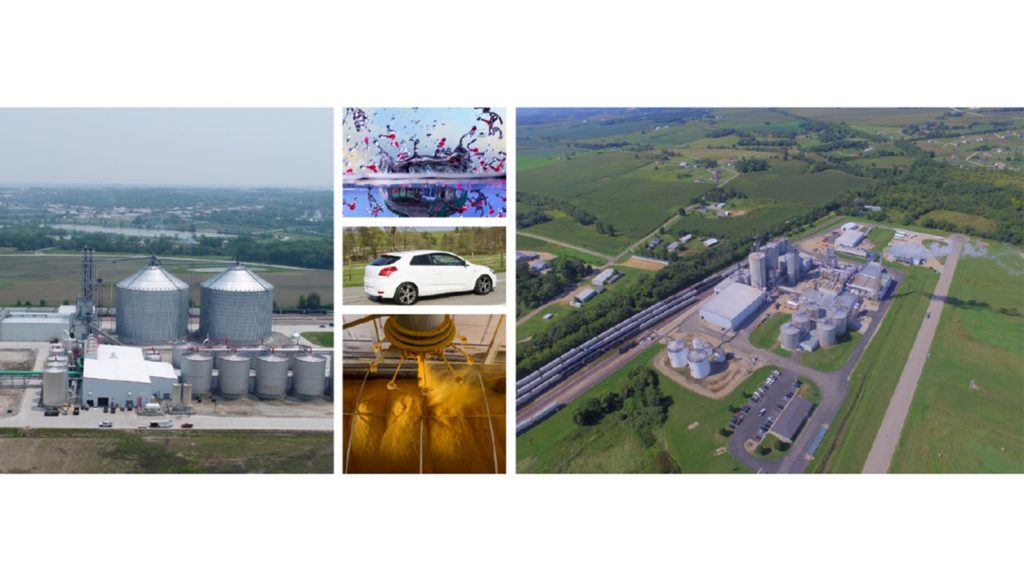
The nation’s biofuel producers have made significant gains in both energy efficiency and water conservation in recent years, according to a comprehensive survey conducted by Argonne National Laboratory.
Researchers will use a $2.25 federal grant to study how cells communicate within plants, and between plants and pathogens, to develop crops that are resilient to disease and other stresses. The work also could play a role in reengineering plants and microbes to improve biofuel production.
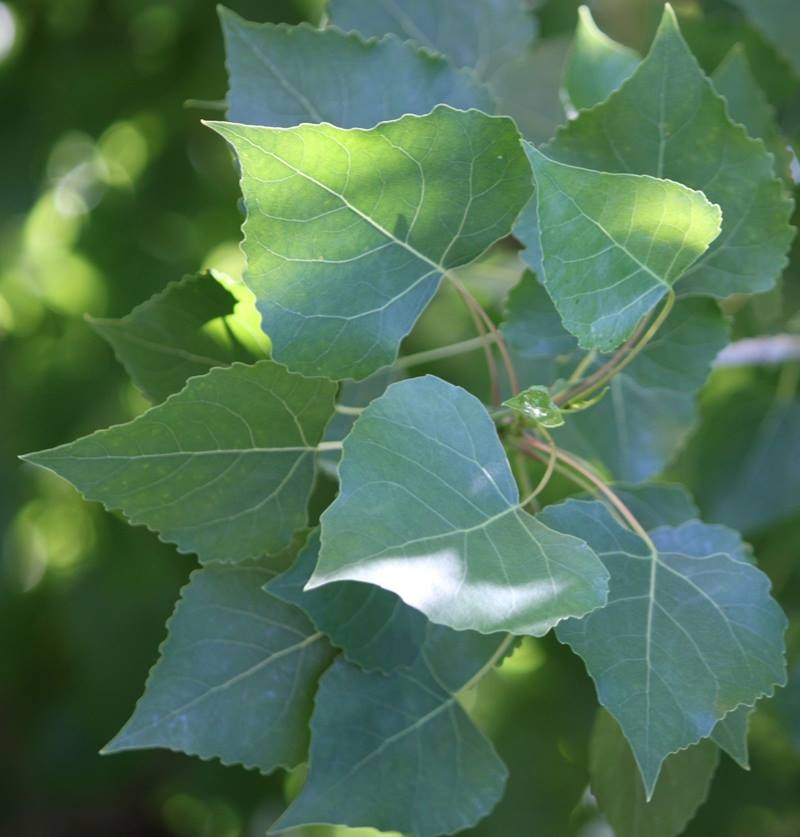
New research shows that the number of copies of genes in a poplar tree affects its traits. Scientists developed a group of poplar trees in which different plants have DNA segments that are repeated or deleted.
The U.S. Department of Energy has selected Danforth Center Principal Investigator James Umen, Ph.D., to lead a multi-institutional collaboration that will predict functions for hundreds of uncharacterized plant genes that could be important to stress tolerance in a range of potential bioenergy crops.